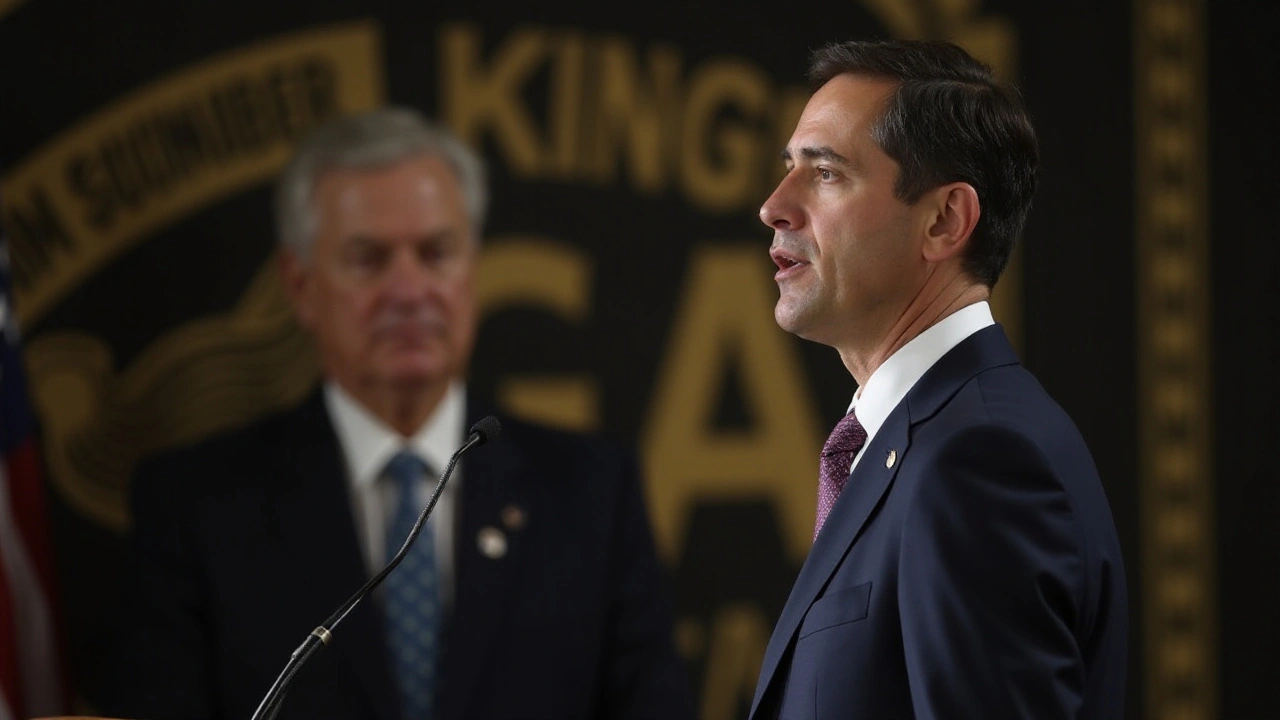Monetary Policy: How It Shapes Our Economy
Ever wonder how governments keep prices stable or help the economy grow? That’s where monetary policy steps in. It’s the toolkit central banks use to control things like inflation, employment, and how easy it is to borrow money. Whether you're buying groceries or taking out a loan, monetary policy affects you more than you might realize.
At its core, monetary policy is about managing the supply and cost of money in an economy. Central banks, like the Federal Reserve in the US or the South African Reserve Bank, set rules to steer economic health. They adjust interest rates and influence the money flow to either cool things down when prices rise too fast or heat things up when growth slows.
How Interest Rates Drive the Economy
The most common tool of monetary policy is changing interest rates. Imagine interest like the cost of renting money. When central banks lower rates, borrowing becomes cheaper. People and businesses tend to spend and invest more, which boosts economic activity.
On the flip side, if inflation—the rise in prices of goods and services—is getting out of control, central banks might raise interest rates. Higher rates make loans costlier, slowing down spending and borrowing. This helps keep inflation in check so your money doesn’t lose value too quickly.
Why You Should Care About Monetary Policy
You might think this sounds like abstract stuff, but think about your everyday life. When interest rates drop, it’s a good time to plan big purchases like a new car or a home loan because lenders offer better deals. When rates increase, saving money could earn you more interest, but loans get expensive.
Businesses also pay close attention. Easier access to money means they can expand and hire more people. So, monetary policy indirectly influences job opportunities and wage growth. It's a balancing act to keep economies healthy without letting inflation spiral out of control.
Understanding monetary policy clears up a lot about why prices change or why banks adjust their loan rates. Next time you hear about the central bank’s decisions, you'll know why it matters and how it affects your daily life.

The South African Reserve Bank (SARB) has enacted a 0.25% interest rate cut, marking a third consecutive reduction. This decision, driven by the Monetary Policy Committee, reflects efforts to ease financial stress on South African citizens. Despite varied opinions within the committee, the rate was adjusted to 7.5%, balancing near-term stable inflation with mid-term uncertainties. The move is part of broader strategies to foster economic growth amid global and domestic challenges.
Read More